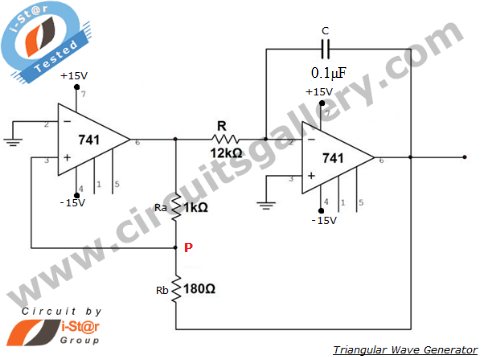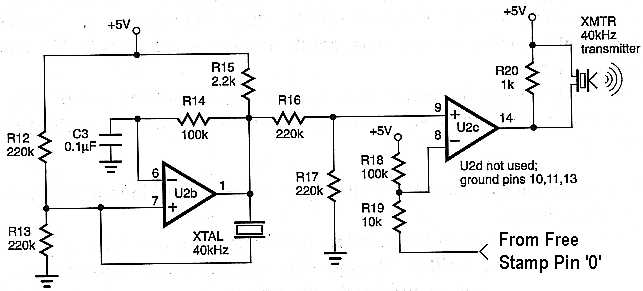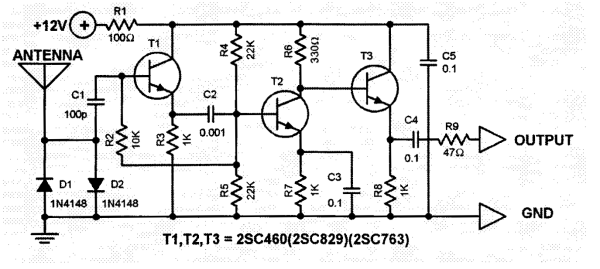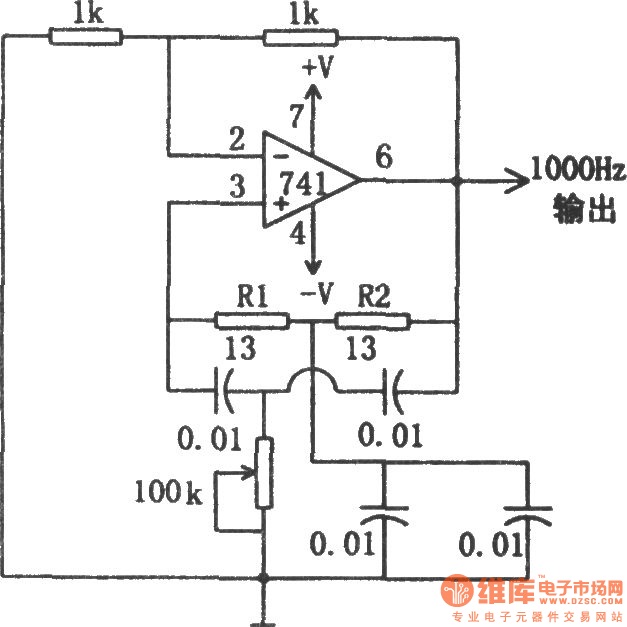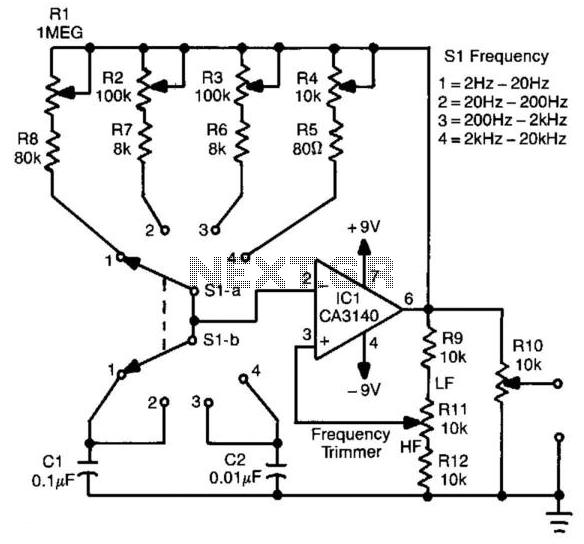
active short wave antenna
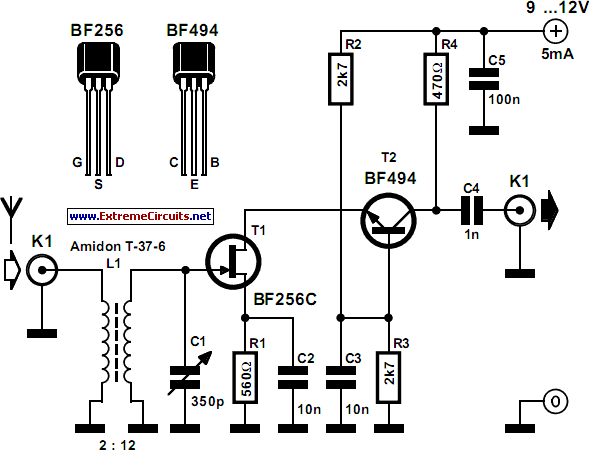
The circuit presented illustrates that despite the availability of various new components and technologies, it remains feasible to design useful and interesting circuits. The circuit utilizes two well-established transistors, the BF256C and the BF494. Along with the necessary resistors and capacitors, these components create a functioning antenna amplifier. It is important to note that the transistors are directly coupled. Transistor T1 serves as the input amplifier and buffer, while the BF494, configured in a common-ground arrangement, delivers the required amplification. This amplifier is intended for operation at frequencies ranging from 10 MHz to 30 MHz, covering a significant portion of the short-wave range, and achieves a gain of 20 dB.
The antenna amplifier circuit employs a direct coupling configuration, which enhances the frequency response and minimizes the signal distortion typically associated with capacitive coupling. The BF256C, a JFET transistor, is utilized as the input stage due to its high input impedance, which is critical for minimizing loading effects on the antenna. This transistor effectively amplifies the weak radio frequency signals received from the antenna.
The second transistor, BF494, is configured in a common-ground arrangement, which is a popular choice for RF amplification due to its stability and ease of integration with other circuit components. This configuration allows for a higher level of gain while maintaining a consistent output impedance, which is essential for driving subsequent stages or loads without signal degradation.
Resistors in the circuit are selected to set the biasing conditions for both transistors, ensuring they operate within their optimal regions. Capacitors are strategically placed to filter out unwanted noise and stabilize the power supply, further enhancing the amplifier's performance. The overall design is capable of operating effectively across the specified frequency range, making it suitable for various short-wave applications, including amateur radio and signal reception.
The gain of 20 dB indicates that the amplifier can significantly enhance weak signals, making it an effective solution for improving the overall performance of short-wave radio systems. This circuit exemplifies how traditional components can still be effectively utilized to create modern, high-performance electronic devices.The circuit presented here illustrates the fact that in spite of all kinds of new component and technology, it is still possible to design useful, and interesting, circuits. The circuit is based on two well-established transistors, a Type BF256C and a BF494. In conjunction with the requisite resistors and capacitors, these form a well-working ante nna amplifier. Note that they are direct coupled. Transistor T1 is the input amplifier cum buffer, while the BF494, in a common-ground configuration, provides the necessary amplification. The amplifier is designed for operation at frequencies between 10 MHz and 30 MHz, which is the larger part of the short-wave range, and has a gain of 20 dB.
🔗 External reference
The antenna amplifier circuit employs a direct coupling configuration, which enhances the frequency response and minimizes the signal distortion typically associated with capacitive coupling. The BF256C, a JFET transistor, is utilized as the input stage due to its high input impedance, which is critical for minimizing loading effects on the antenna. This transistor effectively amplifies the weak radio frequency signals received from the antenna.
The second transistor, BF494, is configured in a common-ground arrangement, which is a popular choice for RF amplification due to its stability and ease of integration with other circuit components. This configuration allows for a higher level of gain while maintaining a consistent output impedance, which is essential for driving subsequent stages or loads without signal degradation.
Resistors in the circuit are selected to set the biasing conditions for both transistors, ensuring they operate within their optimal regions. Capacitors are strategically placed to filter out unwanted noise and stabilize the power supply, further enhancing the amplifier's performance. The overall design is capable of operating effectively across the specified frequency range, making it suitable for various short-wave applications, including amateur radio and signal reception.
The gain of 20 dB indicates that the amplifier can significantly enhance weak signals, making it an effective solution for improving the overall performance of short-wave radio systems. This circuit exemplifies how traditional components can still be effectively utilized to create modern, high-performance electronic devices.The circuit presented here illustrates the fact that in spite of all kinds of new component and technology, it is still possible to design useful, and interesting, circuits. The circuit is based on two well-established transistors, a Type BF256C and a BF494. In conjunction with the requisite resistors and capacitors, these form a well-working ante nna amplifier. Note that they are direct coupled. Transistor T1 is the input amplifier cum buffer, while the BF494, in a common-ground configuration, provides the necessary amplification. The amplifier is designed for operation at frequencies between 10 MHz and 30 MHz, which is the larger part of the short-wave range, and has a gain of 20 dB.
🔗 External reference
